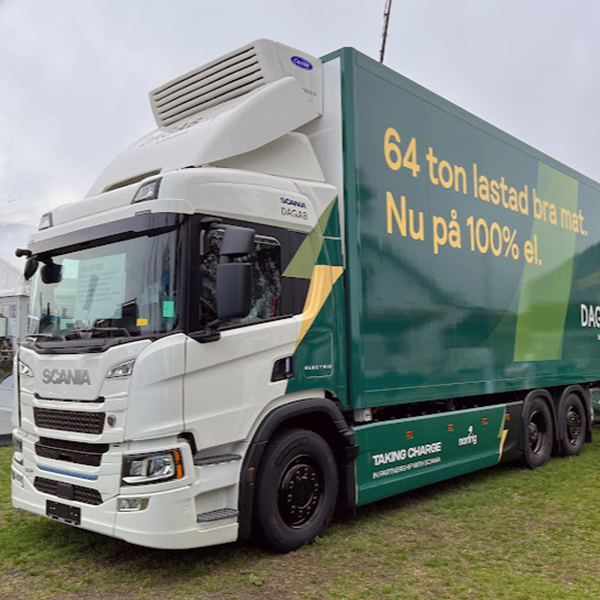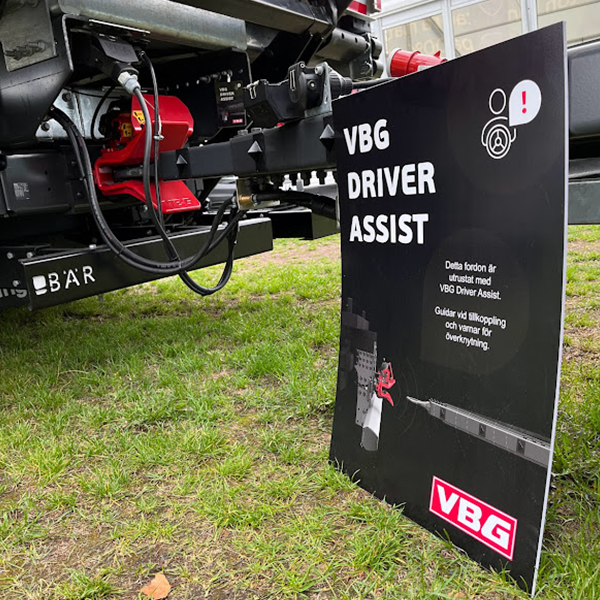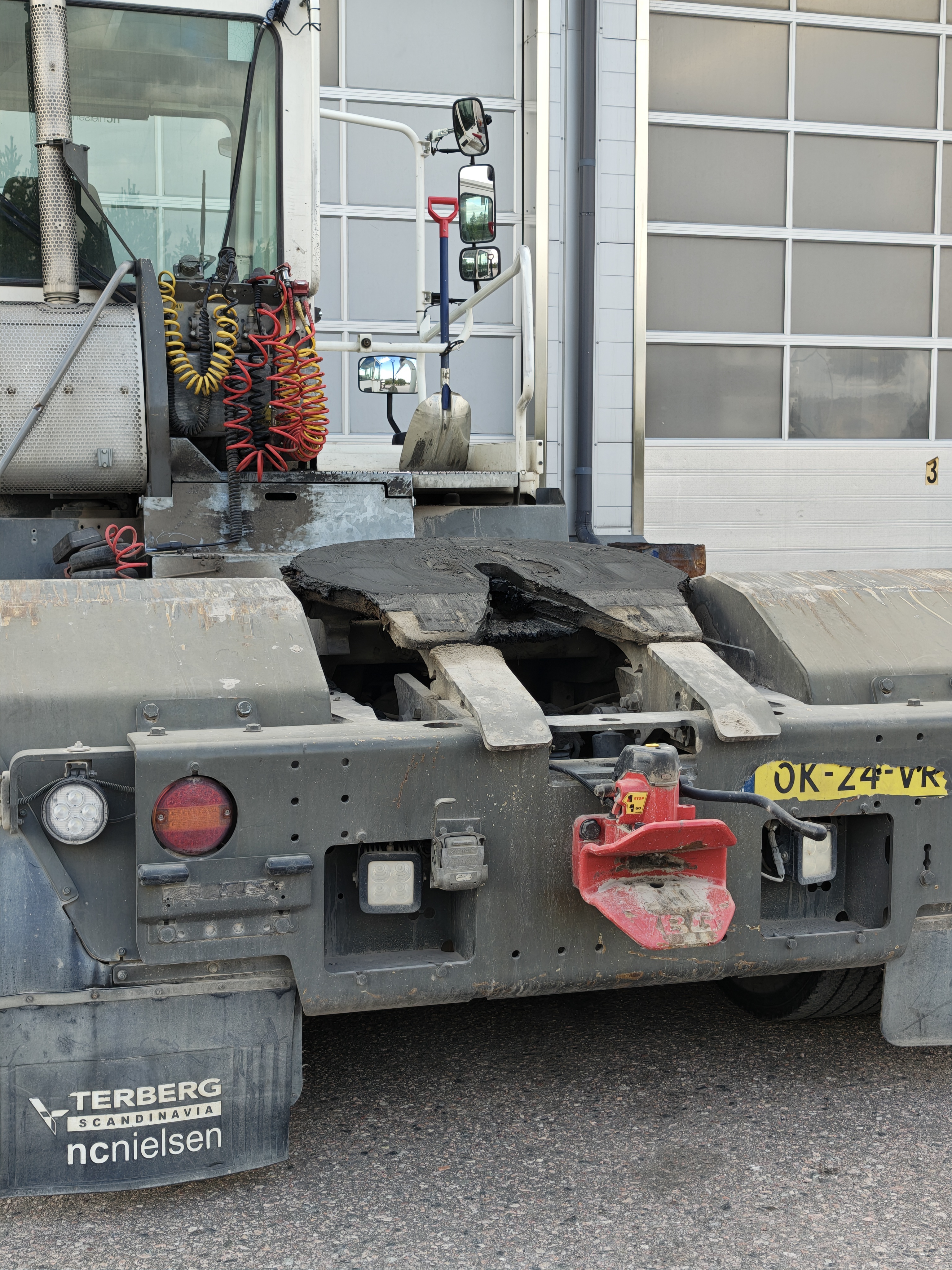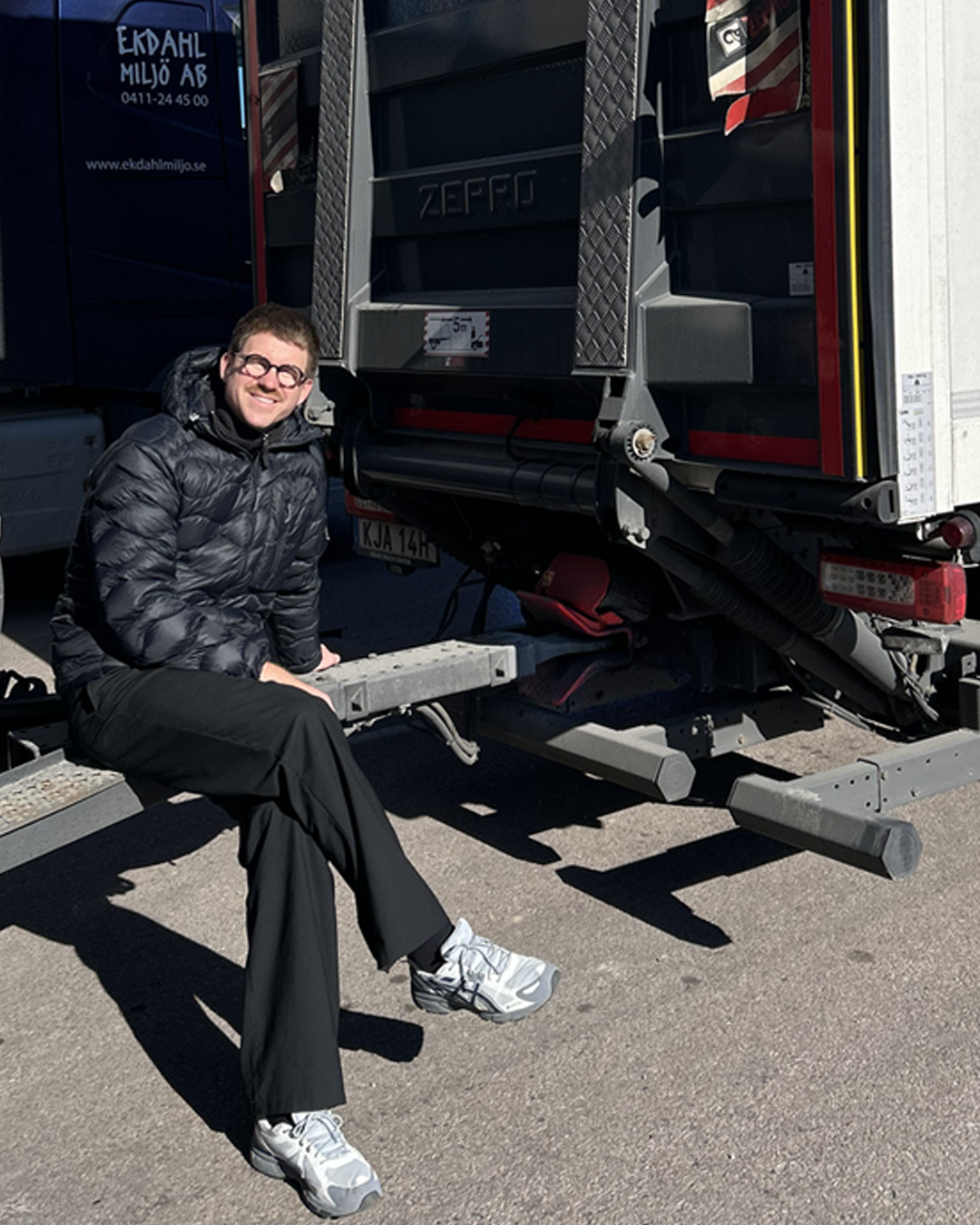What Does Dagab Say About Profitability and VBG Driver Assist?
Optimising operations to achieve profitability is a daily challenge for many in the transport industry. Optimisation can involve various practical solutions, but an interest in technology development and innovation can often have a positive impact. Dagab recounts how this has affected their business.
An efficient machine that runs around the clock
Dagab is the Axfood Group’s purchasing and logistics company, and their mission is to deliver Sweden’s most modern, sustainable, and affordable customer offering in food to its stores and customers every day, and this work is done 24 hours a day, 7 days a week, and all year round.
They currently have about 190 heavy trucks and 160 trailers, all with refrigerated units, twin evaporators, and cargolifts. The most common combination is an 18 pplb truck with a 30 ppl, 4.5-metre-tall trailer, and they transport around 50% of their volumes with their own vehicles, with the remainder transported by external hauliers. Food is delivered every day of the week and often in 2 shifts. Biogas (mainly LNG) is used for almost 30% of the fleet, and they also have some ED95 vehicles and use a lot of RME and HVO. They also have electric hybrids, plug-in hybrids, and electric trucks. The trucks are driven in two shifts and loaded and unloaded at night.

A vehicle manager’s challenges
We spoke to Dagab’s Vehicle Manager Krister Kjellström about his view of the industry going forward.
What challenges do you see in the industry?
– I prefer to see opportunities, but of course there are challenges as well. For example, access to power to charge electric trucks is a major challenge at our terminals, and, in the industry as a whole, I see a risk that some operators will fall behind due to the rapid technology development currently underway. It’s not easy for smaller hauliers to keep up and familiarise themselves with everything new, or to choose the right path for their business. One thing is certain, that everyone is facing a change, which means that it’s important that we larger operators who have the resources to familiarise ourselves with everything new, share what we learn along the way, lend support, and to some extent show the way.
You were interested early on in installing VBG Driver Assist, how do you feel it is working?
– We are very satisfied with the system; it has worked without any problems from installation to use. The drivers are satisfied, and we are training new drivers in the system, so that they don’t wonder about the beeps in the cab while driving, since we need to have trained staff available in case of illness, for example. The functions are useful, well developed, and suit our operations, since we couple and decouple trailers several times a shift. We have 4-5 drivers per vehicle, and they have gotten used to the system and how it helps their driving, especially when jack-knifing, which is often required in tight spaces for loading and offloading.
Have you been able to optimise anything in your operations since installing the system?
– We probably haven’t saved much time in the actual driving, since despite the system’s functions and rear-view camera, we still have a rule that the driver must always go out to check physically before coupling the truck and trailer. However, we have had no incidents with snapped drawbars and jackknifing, so that has saved us both time and money. You could say needing to replace the drawbar is now a thing of the past. One of the most important things you can do for the environment is to drive with a trailer as much as possible, and we do that too, and since it can be really crowded at the stores’ offloading points, it’s very helpful to have a system that warns the driver before the drawbar snaps.
We have now tested the system and we are satisfied, so I have ordered VBG Driver Assist for a few new combinations that we are building this year, and it will most likely be standard on our combinations in the future. We are forward-looking, and we want to – and will be – involved in testing and driving development forward in terms of technology and equipment on our vehicles; we will be at the forefront.
What is your installation like, and why does it work well with VBG Driver Assist?
– The installation we have now is on a Scania BEV 6x2 (64t rig) with a Norfrig unit with VBG towbar and VBG MechMatic. The trailer is also from Norfrig (system trailer) with VBG drawbar, and we have a BÄR cargolift on both the truck and trailer. The trailer has a slider lift, there is a Carrier refrigeration unit on both the truck and trailer as well. Everything is electric; the trailer has its own battery pack for the unit and P-light for the lift. The combination was at the Elmia fair last year and was then put into service after the fair.

Name: Krister Kjällström
Years in industry: 26 years, all at Dagab
Position and duties: Vehicle Manager at Dagab with overall responsibility for our fleet, including everything from developing a business plan, speccing and procuring new vehicles, managing contracts, continuous contact with suppliers and workshops, and selling things be scrapped, and more, with the help of my vehicle coordinator. Of course, the local vehicle managers at each depot also assist me in the daily operations.
What do you enjoy most about the job/industry?
I have always been interested in technology and vehicles, and I feel privileged to work with trucks. The technology development currently underway, which started a few years ago, is absolutely incredible, so my job has become even more exciting, interesting, challenging and fun – it feels great to be part of the transition that has now started with regard to fuels and technology!
Recommended reading

The transition enters its next phase – Future outlook 2026

Field tested reliability - VBG shunting coupling at Raskaspari Trailer Service Oy


